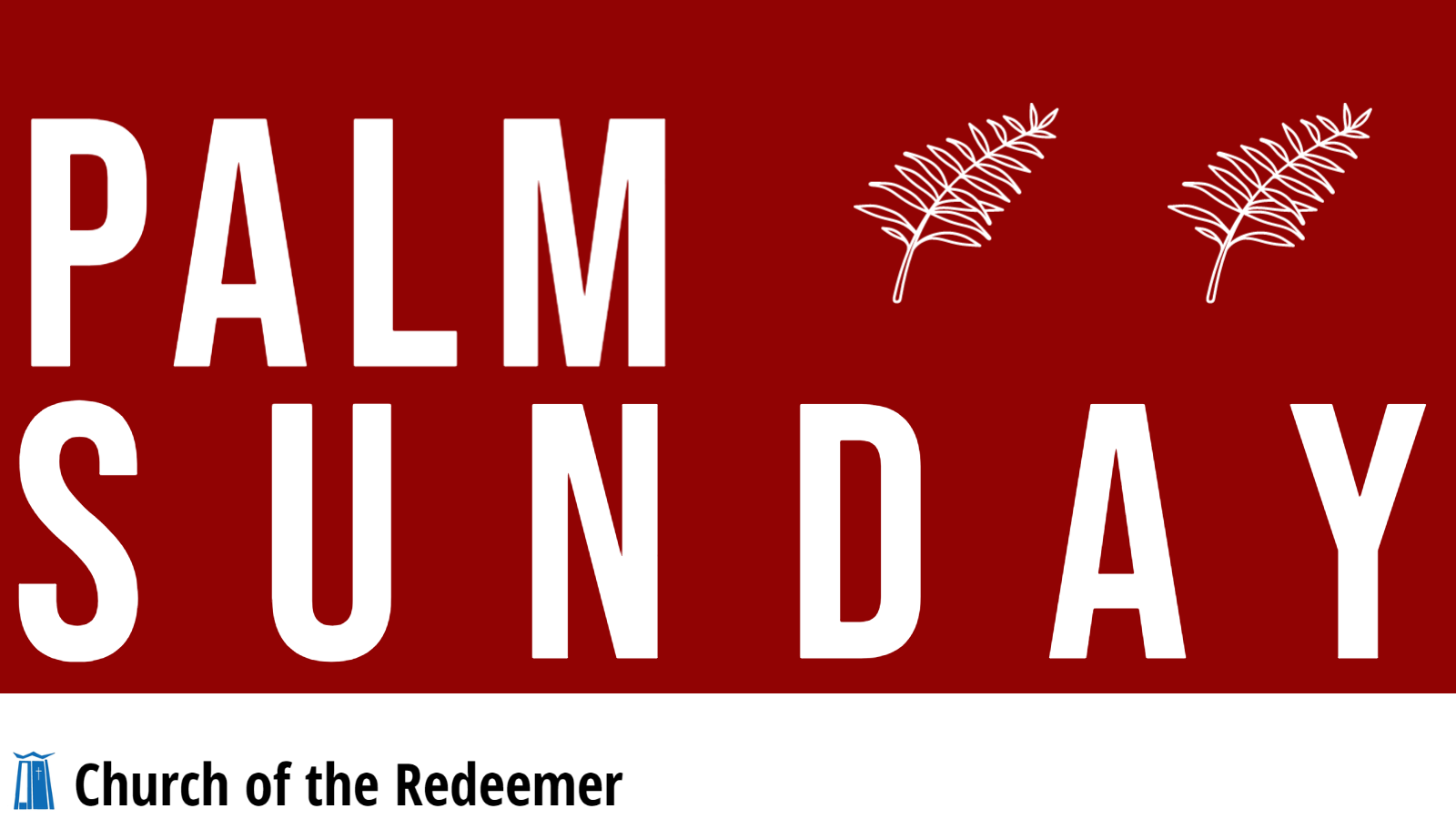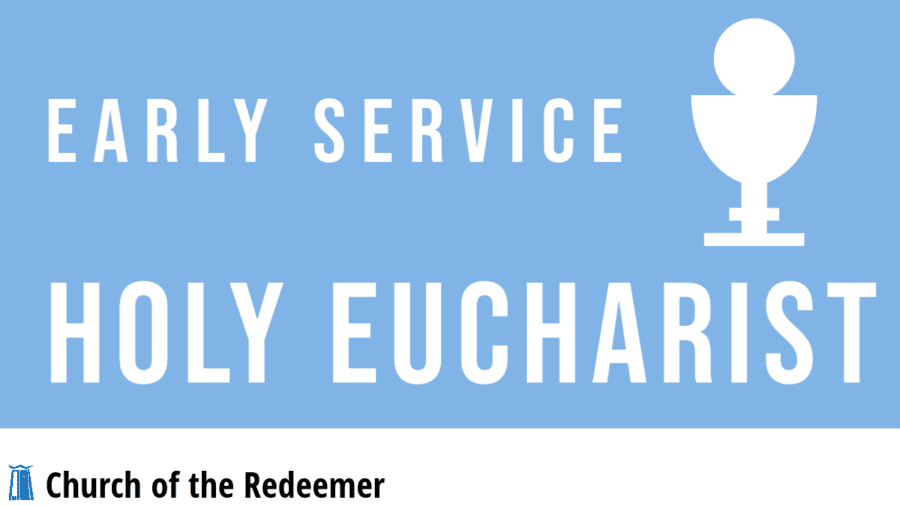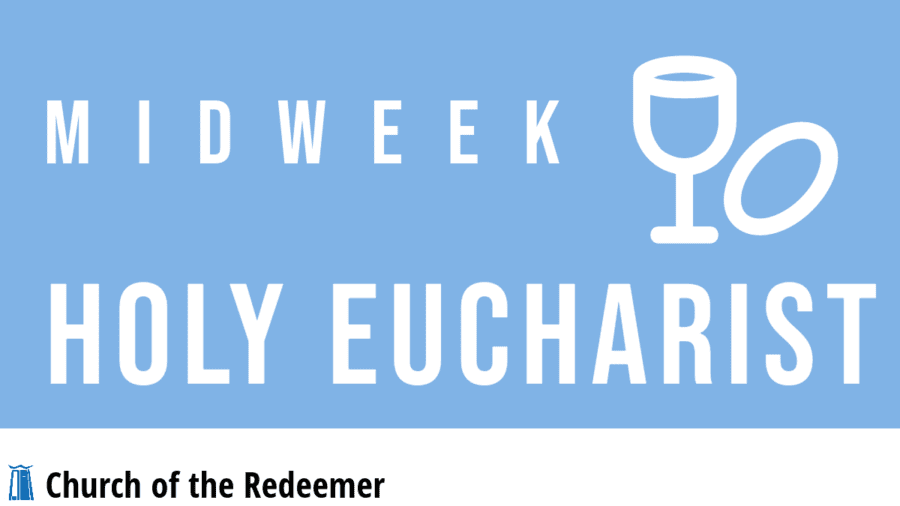Events for the Episcopal Church of the Redeemer in Kenmore, Washington

In-person Palm Sunday and Passion liturgy with Eucharist

Sun, April 13 at 8:00 am to 9:00 am PDT
Everyone is welcome at Church of the Redeemer. We look forward to seeing you at this 8:00 am Sunday service of Holy Eucharist at Church of the Redeemer. It is in-person only.
While not required, you may wear a mask when in the building. We have masks available for you, if you want.
This service will have the Palm Liturgy for the entrance rite, but will not have the festive procession.
Passion
Passion is the redemptive suffering of Jesus Christ in the events surrounding his death. The term is from the Latin passio, “suffering.” A gospel narrative of the Passion is called the Passion. It may also be called the Passion gospel or the Passion narrative. It is read liturgically during Holy Week.
The accounts of Matthew, Mark, or Luke are read on the Sunday of the Passion, also called Palm Sunday (Book of Common Prayer, p. 273), in different years of the three-year eucharistic lectionary.
St. John’s Passion is read every year on Good Friday (Book of Common Prayer, p. 277).
The narratives are often read dramatically with different readers taking the parts of various participants.
Palm Sunday (The Sunday of the Passion)
Palm Sunday is the Sunday before Easter at which Jesus’ triumphal entry into Jerusalem (Matthew 21:1-11, Mark 11:1-11a, Luke 19:29-40) and Jesus’ Passion on the cross (Mt 26:36-27:66, Mk 14:32-15:47, Lk 22:39-23:56) are recalled. It is also known as the Sunday of the Passion.
Palm Sunday is the first day of Holy Week. Red is the liturgical color for the day.
The observance of Palm Sunday in Jerusalem was witnessed by the pilgrim Egeria in about 381-384. During this observance there was a procession of people down the Mount of Olives into Jerusalem. The people waved branches of palms or olive trees as they walked. They sang psalms, including Psalm 118, and shouted the antiphon (refrain), “Blessed is he who comes in the name of the Lord!” The Palm Sunday observance was generally accepted throughout the church by the twelfth century.
The liturgy of the palms is the entrance rite for the service. The congregation may gather at a place apart from the church and process to the church after the blessing of the branches of palm or other trees (Book of Common Prayer, p. 270). The liturgy of the palms includes a reading of one of the gospel accounts of Jesus’ entrance into Jerusalem. After the entrance rite, the service changes focus abruptly from the triumphal entry into Jerusalem to the solemnity of the Passion.
Eucharist
The Eucharist is the sacrament of Christ’s body and blood, and the principal act of Christian worship. The term is from the Greek, “thanksgiving.”
Jesus instituted the Eucharist “on the night when he was betrayed.” At the Last Supper he shared the bread and cup of wine at a sacred meal with his disciples. He identified the bread with his body and the wine with his blood of the new covenant. Jesus commanded his disciples to “do this” in remembrance of him (see 1 Corinthians 11:23-26; Mark 14:22-25; Matthew 26:26-29; Luke 22:14-20).
Christ’s sacrifice is made present by the Eucharist, and in it we are united to his one self-offering (Book of Common Prayer, p. 859). The Last Supper provides the basis for the fourfold Eucharistic action of taking, blessing, breaking, and sharing. Christ’s body and blood are really present in the sacrament of the Eucharist and received by faith. Christ’s presence is also known in the gathered eucharistic community.
In the Book of Common Prayer, the whole service is entitled the Holy Eucharist.
- The first part of the service is designated the Word of God. It usually includes the entrance rite, the lessons and gradual psalm, the gospel, the sermon, the Nicene Creed, the Prayers of the People, the confession of sin and absolution, and the Peace.
- The second portion of the service is designated the Holy Communion. It includes the offertory, the consecration of the bread and wine in the Great Thanksgiving, the communion of the people, and the concluding prayers of thanksgiving and dismissal. A blessing may be given prior to the dismissal.
The Eucharist is also called the Lord’s Supper, Holy Communion, the Divine Liturgy, the Mass, and the Great Offertory (BCP, p. 859).
The Hymnal 1982 includes a section with a variety of hymns for the Holy Eucharist (Numbers 300 through 347), including “Come, risen Lord, and deign to be our guest” (305 and 306), “My God, thy table now is spread” (321), “Now, my tongue, the mystery telling” (329 through 331), and “I am the bread of life” (335).
(Above taken from Eucharist .)
Related Events

Church of the Redeemer
Church of the Redeemer: Worshiping God, living in community, and reaching out to the world around us. We are an Episcopal Church serving north King County and south Snohomish County, Washington. As you travel your road, go with friends walking the way of Jesus at Redeemer.
Church of the Redeemer is at 6210 Northeast 181st Street in Kenmore, Washington. The campus is a short distance north of Bothell Way, near the Burke-Gilman Trail. The entrance looks like a gravel driveway. The campus is larger on the inside than it is on the outside. And we managed to hide a large building on the side of a hill that is not easily seen from the street.
The Episcopal Church welcomes you.



